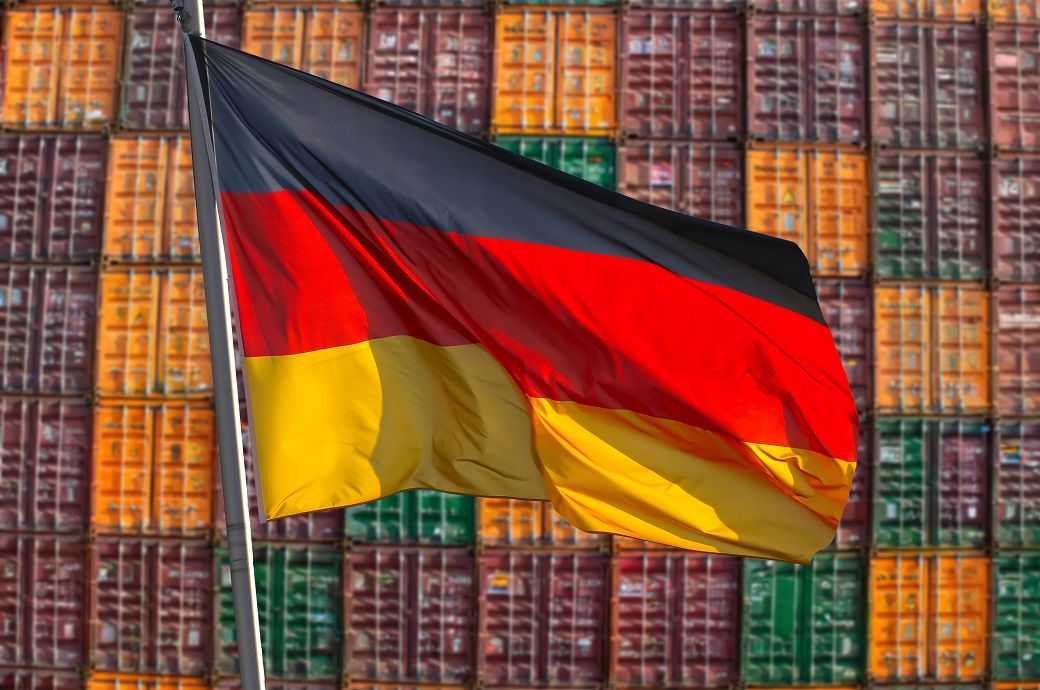
The LEI, a predictive measure designed to anticipate turning points in the business cycle, also contracted by 0.2 per cent over the six-month period from October 2024 to April 2025—marking a slowdown compared to the 0.9 per cent decline in the preceding six months, The Conference Board said in a press release.
In contrast, Coincident Economic Index (CEI), which tracks current economic activity, declined slightly by 0.1 per cent in April to 103.6 (2016=100), following a 0.3 per cent increase in March. However, on a six-month basis, the CEI edged up by 0.1 per cent—an improvement over the 0.4 per cent drop recorded between April and October 2024.
Germany’s economic outlook weakened in April 2025, with the Leading Economic Index (LEI) falling by 0.2 per cent to 87.1, indicating softening momentum.
CEI also dipped 0.1 per cent to 103.6 but showed slight six-month improvement.
While the LEI highlighted subdued future activity, the CEI points to modest current stability amid ongoing economic headwinds.
The LEI’s decline was influenced by weakness across several indicators, including new orders for investment goods and softening consumer confidence. Meanwhile, the CEI was supported by stable trends in industrial production and employment.
Together, the LEI and CEI suggest that while the German economy continues to stabilise, significant headwinds remain.
Fibre2Fashion News Desk (SG)

